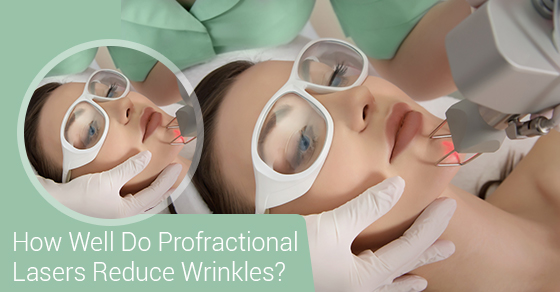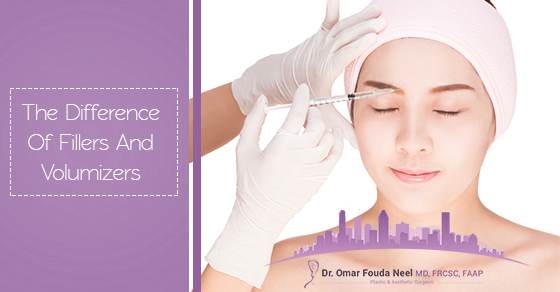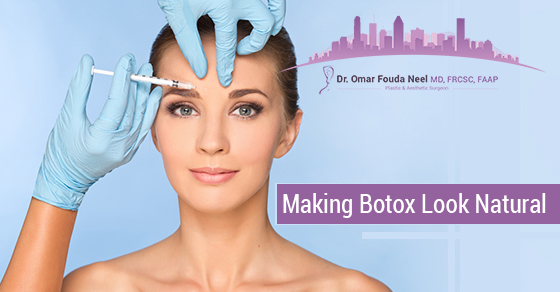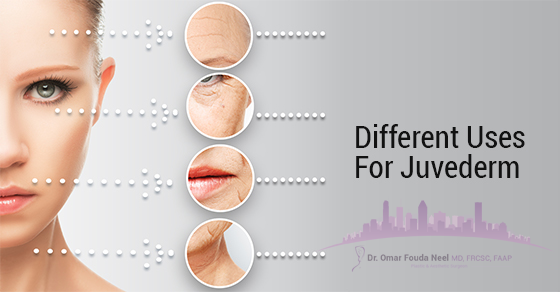Signs of aging can show up quickly or slowly and steadily. Regardless, they are often shocking lines that seem, in the eyes of the beholder, to cover up the youthfulness they feel on the inside. If you’re not ready for a surgical procedure, your options may seem confined to the beauty or skincare aisles of your local drug store. But laser skin resurfacing in our Montreal clinic also offers a nice middle ground.

Profractional laser therapy is a fairly mild treatment that involves very little recovery time. The treatment is tailored specifically to fit each patient’s needs, their unique skin conditions and preferred results.
Profractional lasers stimulate the growth of collagen in order to combat skin damage on the face and surrounding areas, including the around the eyes, neck, eyebrows, lips, nose, and chest. Specific conditions this therapy effectively treats include wrinkles and fine lines, acne scars, post-traumatic scars, freckles, aging and sun-damage, loose skin, and stretch marks. The increased collagen growth caused by the laser plumps wrinkles, scars, and sagging skin from the inside out.
Benefits of profractional laser therapy include:
- Quick recovery period
- Significant penetration to deeper layers of tissue
- An more even skin tone
- Tighter, more youthful-looking skin
- Fewer wrinkles and smoother skin overall
In order for this type of skin therapy to be effective, a patient must undergo a series of one to four treatments over the course of 3 to 6 weeks. The number of treatments is dependent on need, which can be determined by the treatment provider.
Whereas general resurfacing treatments may only reach the first layer of skin, buffing off dead cells and tightening pores, profractional laser therapy uses a powerful micro-beam laser, which penetrates deeply underneath the skin and ripples throughout the treated area. This results in intense collagen stimulation.
During the healing process, you may experience mild redness. However, most patients say this is manageable since recovery only takes about one to three days. Many patients apply makeup and return to work as soon as one to two days post-treatment, making profractional laser therapy a great Saturday morning treat for yourself. Brunch and then laser therapy? We think yes.
To book a consultation for profractional laser therapy or for additional information, contact our team of experts to discuss any questions you may have.



